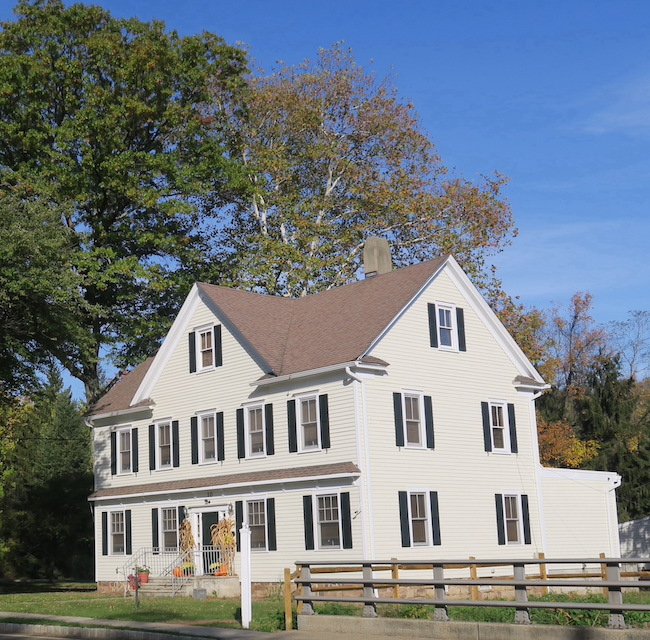The artifact shown here is a decorated shell case and is the most common type of trench art. Trench art is a common term that describes material objects which display memories, reminders, and reflections of what soldiers often faced. It also provides insight into the thoughts and actions of soldiers. A majority of trench art was created during the WW1 era, and often created to entertain and fill time. Most commonly made out of recycled war refuse/scraps of war including shell casings, bullet casings, shrapnel, artillery shells, and aircraft parts - bones, stones, glass and cloth were also used for this hobby.
A common misconception is that trench art was made only in trenches by soldiers – in fact only a fraction of the trench art was actually made on the front lines. Trench art was made by soldiers, P.O.W's, those beyond the front lines, and even civilians. Common trench art pieces included jewelry, cigarette lighters, ashtrays, letter openers, crucifixes, eating utensils, clocks, and oil laps.
The engravings that are prominent on the art were often created using old nails lying in the trenches. While much about this specific piece is not known, we do know that one of the engravings states Polte Magdeburg.
Polte Magdeburg was at one time one of the largest ammunition factories in Germany during both World War I and World War II. They manufactured heavy artillery shells - the casing of one of the shells showcased here. This text was not by an artist, but by the manufacturing company itself.
Additional engravings on the piece state Marne, France & 1918. The word Marne is most certainly referring to the second Battle of the Marne which was an important victory for the Allied forces against the Germans during World War 1. Taking place in France near the Mrne River in the Champagne Region of France between July 15th and August 6th 1918, this piece was likely created during or after this specific battle. This German defeat provided the Allied forces confidence to advance on retreating German forces which culminated in the Armistice with German just over three months later.
Artifact Donated By Rob and Laura Grasberger
Artifact obtained in 2018
Written by Christopher Vander Fliet

